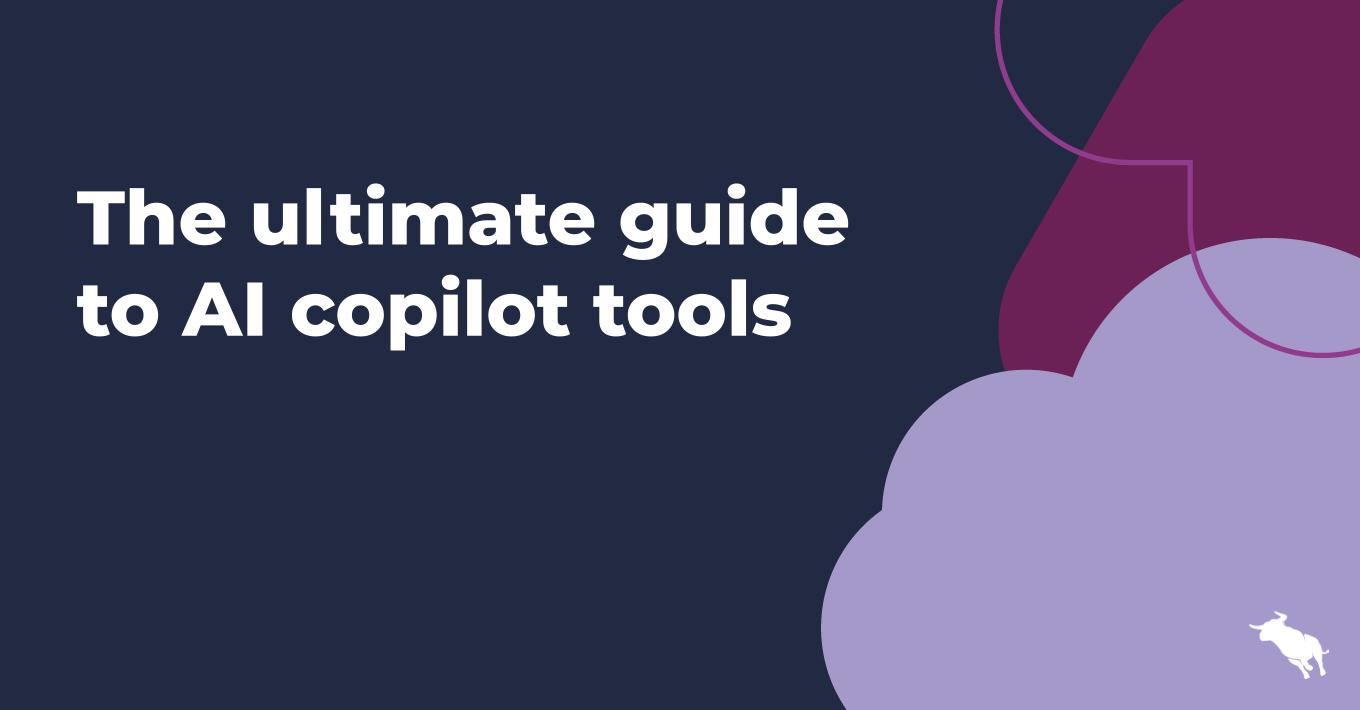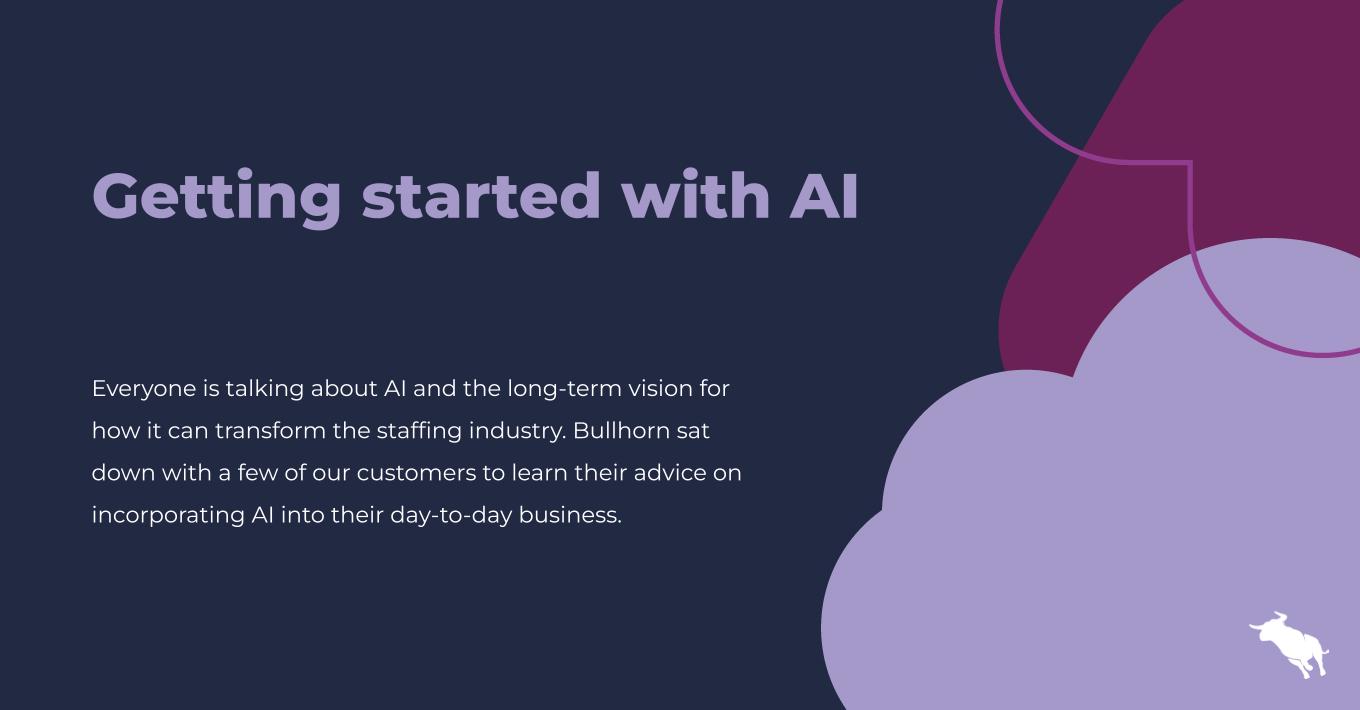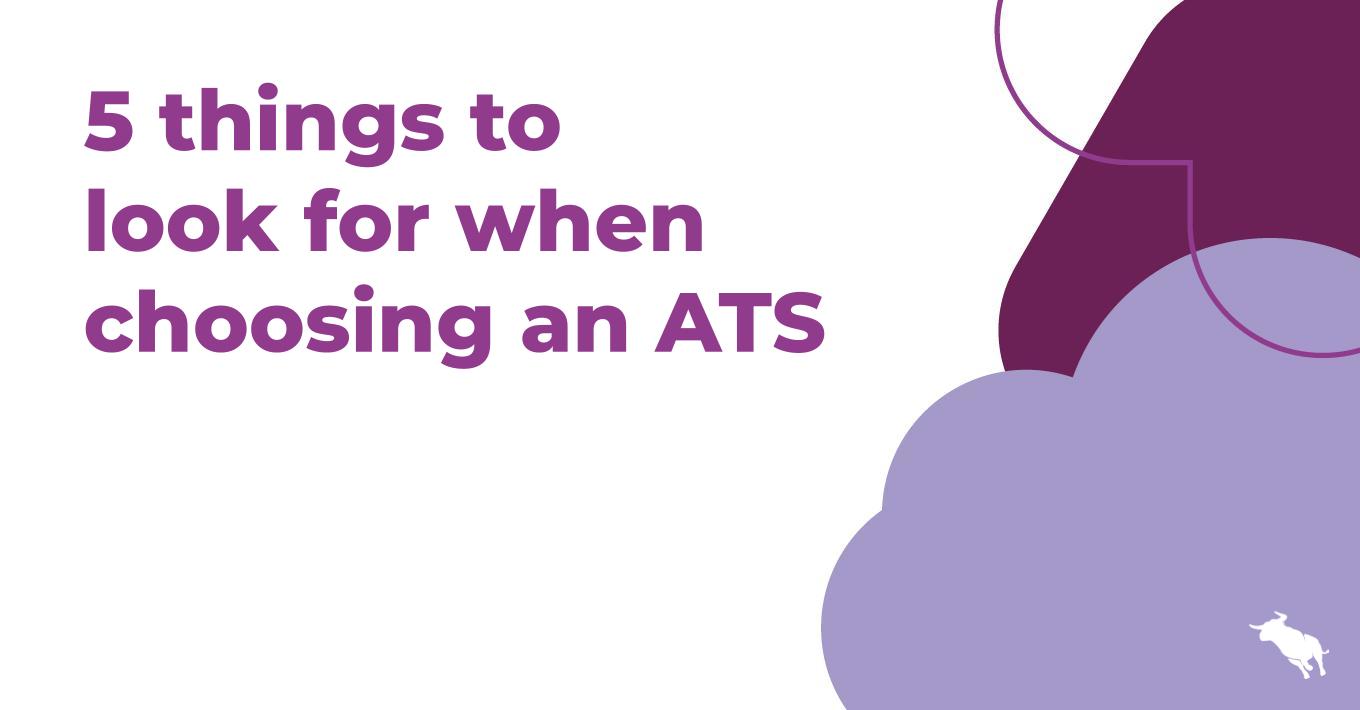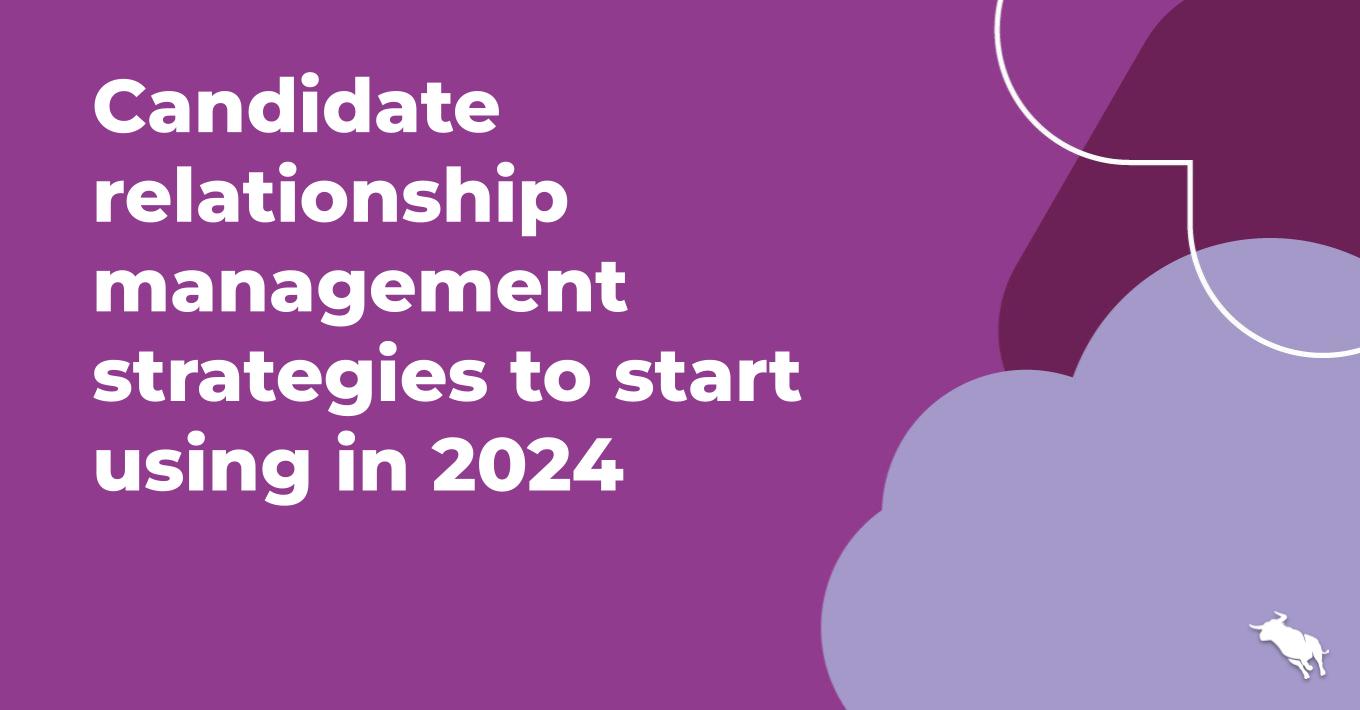Staffing Platform vs Staffing Product
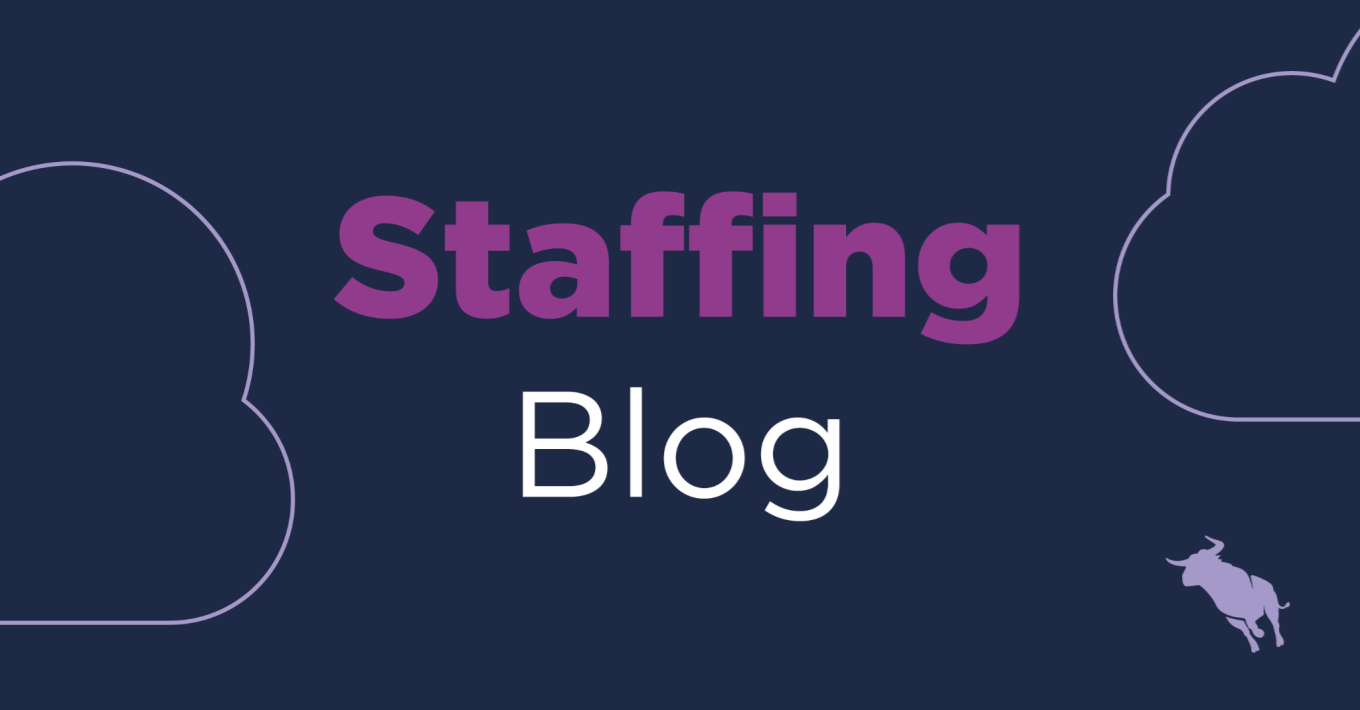
We get the question a lot – what is the difference between a staffing platform and a staffing product?
While the line can get a bit blurry, there are some distinctions worth noting. We’ll go through the checklist below in hopes of better informing you as a buyer of staffing technology.
With the staffing market predicted to grow through 2019 and 2020, it’s important to educate a market eager to embrace digital transformation and make the most of technology spend.
Essentially, platforms provide core functionality AND provide an integration point for other applications. They ‘talk’ with complementary solutions and are foundational to a staffing firm’s technology stack. They also allow flexibility for staffing firms with different priorities or pain points.
Products solve one or a few specific problems. Typically they integrate with platforms to help mutual customers solve their business problems. Products have a specialized focus which can limit their scope, but they are valuable stand-alone or connected with a platform.
Digging deeper
Platforms used to denote the entire language that products were built upon – for example, .net, basic, java, etc.
Once software started to become more mainstream in businesses, that definition changed to anything that can be built upon or integrated with. And that’s where we are today.
Right now, in your pocket, purse or on your desk is a smartphone. That smartphone is a platform for you.
The apps you download and interact with are yours and yours alone, while anyone else will have a completely different set of apps they’ve added and tuned to their needs.
The flexibility to add whatever, whenever you need it is what makes a solid platform worth its weight in gold for savvy staffing firms.
For example, say you’re a recruiting agency with 50 recruiters. Your needs would be different than a shop with 5 recruiters. Your 50 user shop may use a VoIP provider, a texting solution, a search and match tool, or an onboarding provider, whereas the 5 user shop may need texting, a background screening tool and that’s it.
In the above example, an automation platform like Automation by Bullhorn could connect these solutions and automate actions between them; creating the ultimate base for growth.
Products, on the other hand, solve specific needs. Again, in our example above the texting, onboarding, background check, and search tools all have a purpose and serve the needs of the customer.
Also, keep in mind that platforms typically have core functionality that is very similar to products. Take Salesforce for example. It started as CRM and still has that core functionality today. However, they made the shift to being a platform and now augment their own tools with thousands and thousands of partners that help their customers solve their own needs.
Basically, a platform enables a recruitment agency to build their own adventure and plug in the tools that make sense in their day-to-day business.
Ultimate flexibility
Platforms and flexibility go hand-in-hand. Being able to build your technology stack using a platform or platforms.
The most familiar staffing platform should be the ATS.
It’s the mothership and single source of truth for the company. Modern ATS’ have core functionality needed by their customers and are extensible.
- Platforms allow ultimate flexibility: With a platform, market changes and internal needs make it easier to adapt. Platforms dine on change since they allow different products to share and interact on the same data.
- Interchangeable providers: A platform integrates with multiple products, so as needs or experiences change, the platform can support other solutions as current ones get replaced.
- Enable one product to work with another: Products use a platform to talk to other products and act off shared data. An automation platform like Automation by Bullhorn for example, can trigger a partner to send a text or initiate a background check.
- Power of choice: A platform enables an agency to choose what’s right for them and use the tools they want to use. Some products squeeze buyers into using their homegrown tools rather than best-of-breed providers. This usually leads to the bag-of-doorknobs problem; a bunch of tools under one suite that don’t integrate with best-of-breed tools on the market. Think of the success of the Salesforce app exchange and how quickly it outpaced the competition. Turns out, people and businesses like choice.
Products on the other hand:
- Offer one set of tools in one package: Products have a defined scope for their tools and those tools work to achieve the business outcome. There isn’t a lot of flexibility when working with other tools. These can grow into suites; where there are a bunch of tools under one roof, but none of them best-of-breed.
- Solve discrete needs: The one or two pain points are solved with a standalone product (application). While these problems are solved, and usually solved well, it limits the scope that the product can achieve since the focus is so narrow.
What about product suites?
Product suites are an extension of the product. Where one company will create products within a product.
Typically a product suite will address an industry rather than a single need and create product modules for different business processes.
Here are some of the pros and cons of suites.
Pros
- Price: Usually suites offer price-conscious or smaller business customers a discount.
- Consistent UI: The user interface for end-users is usually the same across tools.
Cons
- Watered down: Jack of all trades, master of none. You typically get one or two modules that are great while the rest of the tools in the suite simply check buyer’s boxes but don’t offer the functionality of a best-of-breed product. In specialized industries like staffing, this can lead to lookalike tools that often fail to deliver.
- Lack of flexibility: While price may have been the core driver of choosing a suite, once you’re in you have limited flexibility on the tools you use. Suites are usually pretty rigid and don’t offer room for growth with other tools.
So there you have it – products vs platforms with a product suite kicker to boot.
If you have any questions about platforms and where automation is taking the staffing industry, you can hop on a call with one of our automation specialists and learn how Automation by Bullhorn can automate repetitive busywork and connect your favorite staffing tools for added functionality.

